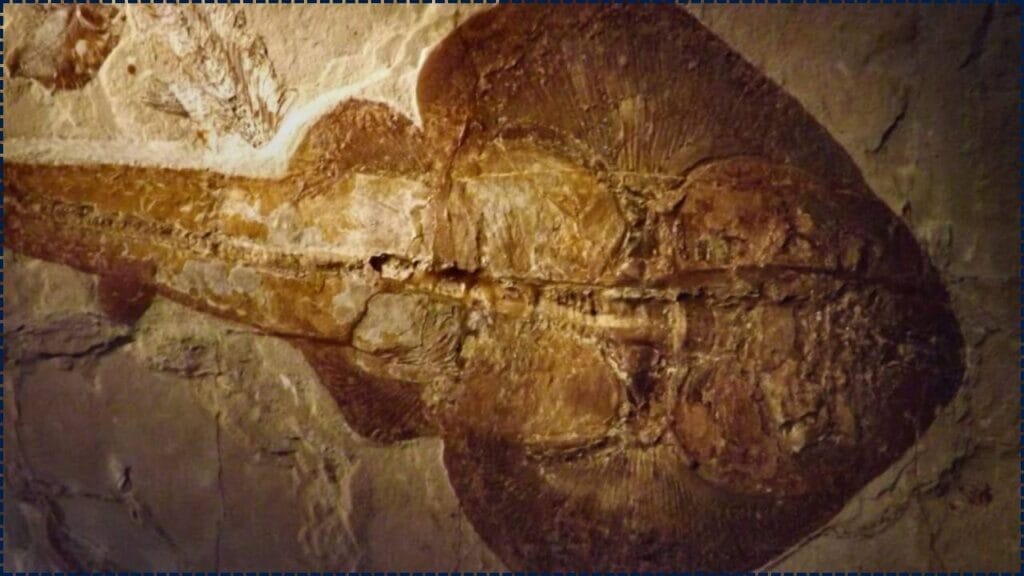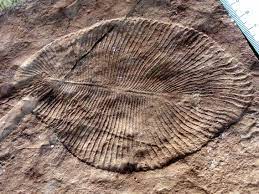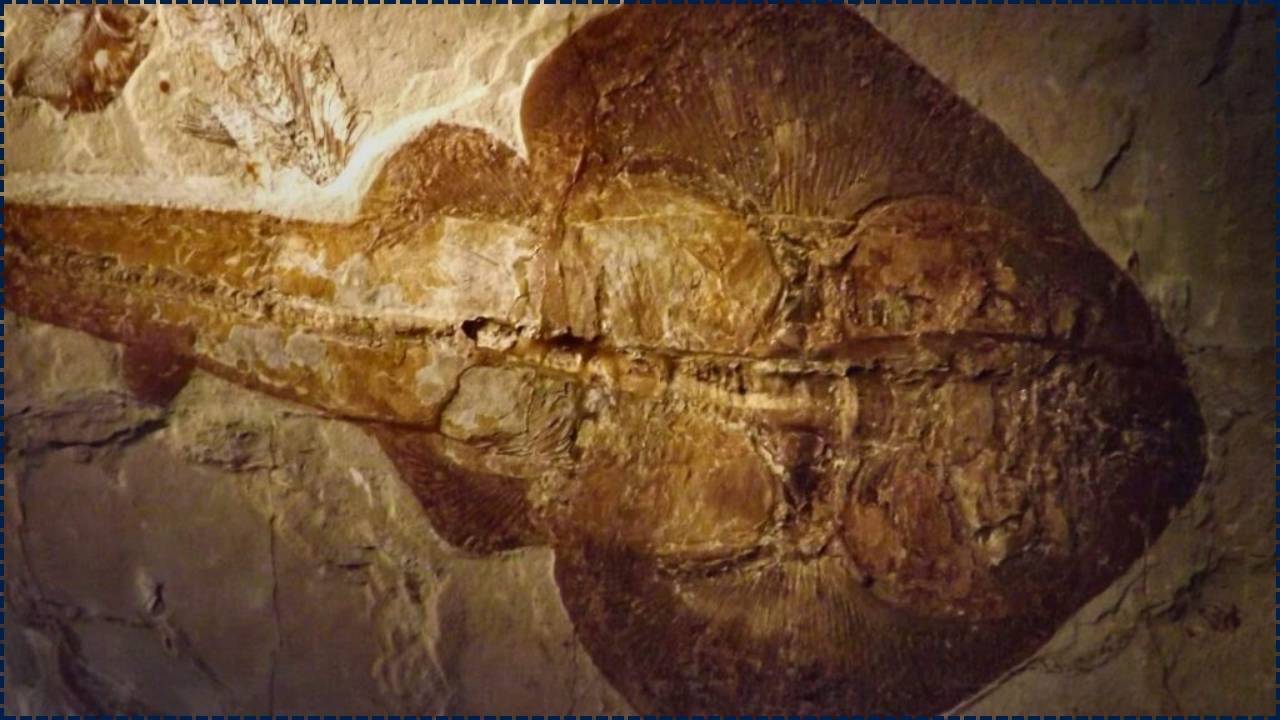In a heartwarming scientific breakthrough, researchers have uncovered 40 previously unknown squid species in a 100-million-year-old rock from the Cretaceous period. This remarkable find offers a gentle, awe-inspiring glimpse into the vibrant marine life that thrived alongside dinosaurs. With care, this discovery enriches marine biology and paleontology, opening new paths to understand cephalopod evolution and ancient ocean ecosystems, uniting us in wonder and respect for Earth’s diverse past.

This article explores the significance of the discovery, the methods used in the study, and what it means for our understanding of squid evolution, marine life, and paleontological research.
Rock From 100 Million Years Ago Contains 40
| Aspect | Details |
|---|---|
| Discovery Date | June 2025 |
| Rock Age | Approximately 100 million years (Late Cretaceous period) |
| Species Identified | 40 previously unknown squid species |
| Total Specimens | 263 cephalopod specimens |
| Preservation Method | Grinding tomography: A non-invasive technique used to study fossils in rock layers (eurekalert.org) |
| Discovery Team | University of Göttingen (Germany) and Hokkaido University (Japan) |
| Published In | Science journal |
| Significance | Provides insight into ancient squid diversity and ecological roles, highlighting early cephalopod evolution |
The discovery of 40 previously unknown squid species in a 100-million-year-old Cretaceous rock is a heartwarming milestone, shedding gentle light on cephalopod evolution and ancient ocean ecosystems. Using advanced grinding tomography, scientists have uncovered precious insights into squids’ vital role in ancient seas. This breakthrough not only deepens our awe for marine life’s history but also inspires compassionate lessons for modern marine conservation, fostering care and unity to protect our oceans’ future.

Unveiling the Cretaceous Ocean: What the Fossils Reveal
The Cretaceous period was an important time for life on Earth. While dinosaurs dominated the land, the oceans were filled with an incredible variety of creatures. The discovery of 40 new squid species reveals the diversity of marine life in an era that we previously understood very little about.
Marine Life in the Cretaceous: More Than Just Dinosaurs
While dinosaurs were the focus of the land, the oceans were just as dynamic. Ammonites, marine reptiles, and sharks are typically seen as the major players in the Cretaceous seas, but these newly discovered squid fossils suggest that cephalopods were also significant predators during this period. The squids of this era were diverse, highly adapted creatures, and they filled ecological niches in similar ways to modern predators like sharks.
Squids: Ancient Predators in the Ancient Ocean
Squids, which belong to the cephalopod class alongside octopuses and cuttlefish, have long been recognized for their intelligence, speed, and complex behavior. The beaks of these ancient squid species were preserved in the fossils, allowing scientists to study their feeding habits and anatomy. These findings help us understand how ancient squids interacted with their environment, what they preyed on, and how they might have contributed to the oceanic food chain.
Grinding Tomography: A New Tool for Studying Ancient Fossils
The use of grinding tomography, a gentle and advanced imaging technique, has transformed the study of ancient fossils with care. Unlike older, harsher methods that could harm delicate treasures, this method softly grinds thin rock layers, capturing high-resolution images of each. This allows scientists to explore fragile fossils with respect, preserving their beauty while revealing their secrets, fostering a deeper, compassionate understanding of Earth’s ancient past for all humanity.
The results are 3D models that offer a more detailed and accurate representation of the ancient squid species, revealing structures that would have otherwise remained hidden.
Squids and Cephalopod Evolution: What This Discovery Means
This discovery has significant implications for our understanding of cephalopod evolution. It suggests that squids, along with their relatives, were much more diverse and ecologically important during the Cretaceous period than previously thought. The 40 new species have expanded our knowledge of the diversity of cephalopods, providing a clearer picture of how cephalopod evolution unfolded.
A More Complex Evolutionary Path
The findings indicate that squids were not only ancient predators but also highly diverse, capable of adapting to various marine environments. These ancient squids may have been responsible for maintaining the balance of marine ecosystems, acting as both predators and prey in the ocean food web.
Ecological Roles of Squids in Ancient Oceans
The squids of the Cretaceous period likely filled similar ecological roles to modern-day sharks or large predatory fish. They were fast-swimming predators, capable of capturing and feeding on smaller marine organisms. They were also part of the complex relationships in ancient food webs, interacting with various marine species, including ammonites, fishes, and marine reptiles.
The Role of Technology in Paleontology: How New Tools Shape Research
Modern technologies like grinding tomography have allowed paleontologists to analyze fossils with unprecedented accuracy. These innovations allow researchers to study fragile fossils and gain deeper insights into ancient marine life without damaging the specimens. In addition to grinding tomography, other technologies like CT scans and digital reconstruction are transforming how fossils are studied and understood.
The application of these technologies is helping scientists piece together the evolutionary puzzle of life on Earth and explore how species like squids and other cephalopods contributed to ancient ecosystems.
Squid Fossils and What They Reveal About Cretaceous Climate
The fossils of ancient squids also offer clues about the climate and ocean conditions during the Cretaceous period. Marine creatures, especially cephalopods, are highly sensitive to changes in ocean temperature and acidification. By studying squid fossils and their adaptations, scientists can gain a better understanding of the climatic shifts that occurred during this time and how they affected marine biodiversity.
These findings could help researchers understand how the oceans evolved in response to changes in Earth’s climate, shedding light on how ancient ecosystems adapted to environmental stresses.
Related Links
Ancient Egyptian Artifacts Contain Meteorite Iron Confirmed by Science
French Royal Castle Holds Documented Historical Secrets Linked to Dark Events
The Evolution of Cephalopods: From the Cretaceous to Today
The new discovery of ancient squid species also provides insight into the evolutionary history of cephalopods. Squids, octopuses, and cuttlefish are part of a lineage that stretches back hundreds of millions of years. The 40 newly discovered squid species show that cephalopods were a critical part of marine ecosystems long before mammals took center stage.
These findings suggest that cephalopods were well-established in diverse marine ecosystems, filling essential ecological roles even during ancient times.
Implications for Marine Conservation Today
Understanding the diversity and ecological importance of ancient cephalopods can offer valuable insights for marine conservation efforts today. Studying ancient marine ecosystems helps scientists better understand how changes in ocean temperature, acidification, and other environmental factors may affect marine life. This research can be used to inform modern-day conservation strategies, ensuring that today’s marine ecosystems remain resilient in the face of climate change and human impact.
FAQs
1. What is grinding tomography, and how does it help paleontologists?
Grinding tomography is a non-invasive imaging technique that allows paleontologists to study fossils embedded in rocks by gradually grinding away layers and creating high-resolution 3D models of the specimens.
2. How did squids play a role in the Cretaceous ecosystem?
Squids were likely apex predators in the Cretaceous oceans, filling roles similar to modern-day sharks. They were fast predators that fed on a variety of marine organisms while also serving as prey for larger creatures.
3. Why are squid beaks important in fossil studies?
Squid beaks are made of chitin, a hard substance that is more durable than their soft bodies, allowing them to be preserved in the fossil record and providing critical insights into the evolution and behavior of ancient squid species.
4. How does this discovery change our understanding of cephalopod evolution?
The discovery suggests that squids were more diverse and ecologically important during the Cretaceous period than previously thought, helping us understand how cephalopods evolved and contributed to marine ecosystems long before mammals became dominant.
5. What does this discovery mean for modern marine conservation?
Studying ancient squid species and their roles in ancient marine ecosystems can inform modern conservation efforts, helping us understand how marine life may respond to climatic shifts and environmental changes in the present day.








